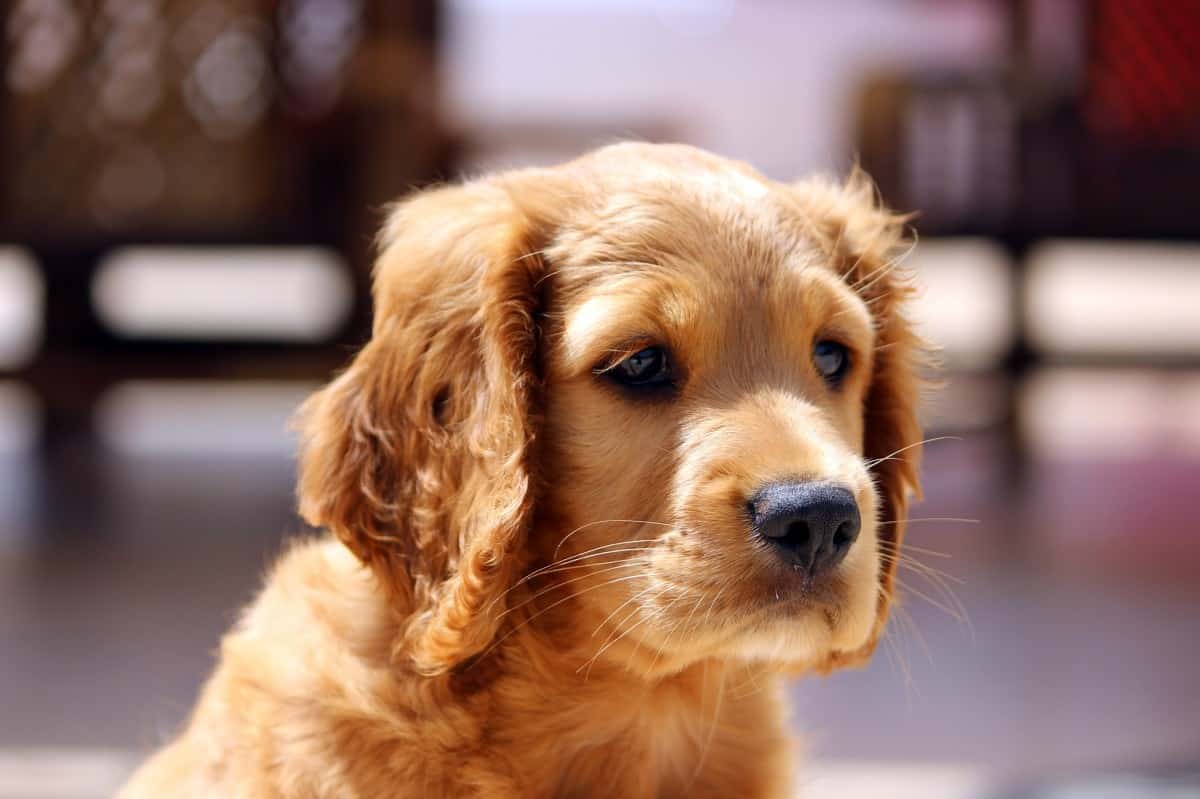
The Golden Cocker Retriever can be described as a hybrid dog. It is a mix of the Golden Retriever, and Cocker Spaniel breeds. These pups are intelligent, playful, and sweet.
Golden Cocker Retrievers can also be called Cogol or Dakota Sport Retriever. These mixed-breed dogs can be found in rescues or shelters. If you are looking to add one of these adorable pups to your family, don’t shop!
The Golden Cocker Retriever can be a very affectionate and playful dog. This mixed breed makes a great family dog. They will want to participate in every aspect of your day, from lounging on the couch to going on walks and running errands. The Golden Cocker Retriever, a lively breed, is best suited for active lifestyles.
You can find all facts and traits about Golden Cocker Retrievers from mixed breeds below!
Breed characteristics:
Adaptability
Contrary to popular belief a small dog doesn’t always make a good apartment dog. Many small dogs are too energetic and happy to live in high-rises. An apartment dog should be quiet, calm, low-energy, polite, and able to communicate with other residents. To give your pet a bit more space, you can get a great crate here.
Some dogs are easier than others. They are more patient and easygoing. Dogs are resilient and can bounce back from any mistakes or inconsistencies.
Dogs with high levels of intelligence, independence, and emotional intelligence may be more difficult to handle for first-time dog parents. Your dog-owning history will be a factor in your choice of a puppy.
Some dogs are able to take a harsh reprimand on their backs while others will be more open to receiving it. Low-sensitivity dogs are also known as “easygoing”, “tolerant,” and “resilient” and can handle chaotic homes, louder owners, inconsistent routines, or being more assertive. Are you a busy parent with young children, a band member, or a host of other activities? You should choose a low-sensitivity dog.
Some breeds are very close to their families and more likely to panic if left alone. An anxious dog can be very destructive–barking, whining, chewing, and otherwise causing mayhem. These dogs do well when there is someone to watch them during the day, or if they can go to work.
Greyhounds and other breeds that have a very short or thin coat, with little to no body fat or undercoat, are more susceptible to cold. Dogs that are sensitive to cold should be kept inside. They will need a sweater or jacket for cold walks. A jacket is a great choice for your dog.
Overheating is more common in dogs with thick double-coated coats. Short-nosed breeds like Bulldogs and Pugs are more susceptible to overheating. They can’t sweat as much to cool off. You will need to keep your heat-sensitive dog indoors on hot or humid days.
All-around friendliness
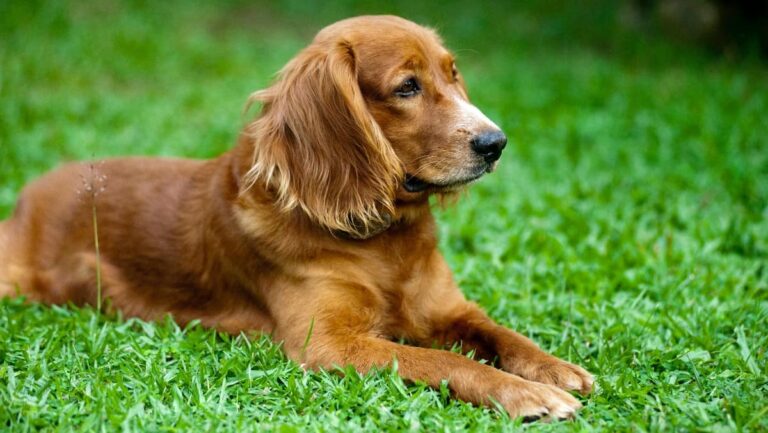
Some breeds can be independent and distant, even though they have been raised by the same parent since birth. Others bond close to one person but are indifferent to others. Some show affection to the entire family. The breed is not the only thing that influences affection levels. Dogs who have been raised in a family with other dogs feel more at ease with them and are more likely to bond with them.
A child-friendly dog is one that is gentle with children and can handle heavy-handed pets and the hugs they can give. It may surprise you to see who is on this list. Fierce-looking Boxers and American Staffordshire Terriers, which are also considered Pit Bulls, are good with children. Chihuahuas, which are small, fragile, and sometimes snappy, can be difficult to get along with families.
Based on their past experiences and training in how to interact with children, any breed of dog can be good with children. All dogs, regardless of breed, have sharp, pointed teeth and strong jaws. They can also bite in stressful situations. Children and dogs of all breeds should be closely supervised and not left alone.
Two completely different things are friendliness towards dogs and friendliness towards humans. Dogs can attack and dominate other dogs even if they are love bugs with people. Some dogs will try to take over dogs; some dogs will play more than fight and others may run. The breed is not the only thing that matters. Dogs that lived with their mother and littermates until six to eight weeks old and spent a lot of time playing with other dogs as puppies are more likely to possess good canine social skills.
Dogs that are more friendly to strangers will greet visitors with wagging tails, nuzzles, and a smile. Others may be shy, indifferent, or aggressive. No matter the breed, dogs that were socialized as puppies will be more open to new people and animals as adults. Even friendly dogs must be kept on a strong, sturdy leash such as this when out in public.
You have to take care of your health and grooming needs
You will need to manage dog hair in your house and clothes if you live with a dog. There are many breeds that shed differently. Some dogs shed all year, others shed only during the winter, while some shed more frequently in the summer. You can either choose a low-shedding breed, or lower your standards. is a great tool to help you keep your home cleaner.
Dogs that are prone to drooling may place ropes of slobber under your arm and wet your clothes when they approach you to say hello. You may be able to tolerate slobber if you are a laid back person. However, if you are a tidy person, you might want to pick a dog that is low in the drool department.
Some breeds can be groomed in a one-time-only manner, while others need to be bathed, clipped, and otherwise maintained healthy and happy. You should consider whether you have the time or money to groom a dog that requires a lot of attention, or if it is something you can do on your own.
Some breeds are more susceptible to hip dysplasia because of poor breeding practices. It doesn’t necessarily mean that all dogs of that breed will get those diseases, but it does indicate that they are at an increased risk.
It’s a smart idea to research the genetic diseases that are most common in the breed you are interested in adopting. Ask your rescue or shelter if they have information on the health of your pup’s relatives.
Some breeds are very hungry and can easily gain weight. As in humans, being overweight can cause health problems in dogs. You should limit the amount of treats your dog receives, ensure they get enough exercise and make sure that their food is regularly balanced.
Ask your vet for advice on how to feed your dog in order to maintain a healthy weight. Weight gain can cause other health problems or worsen arthritis.
There are many sizes of dogs, including the Chihuahua, the world’s smallest dog, and the Great Dane, which can take up a lot of space. This is an important factor when deciding whether or not a dog will be a good fit for you and your space. Although large dog breeds can seem intimidating and overwhelming, some are actually quite sweet. Look around to find the right size dog for you.
Training
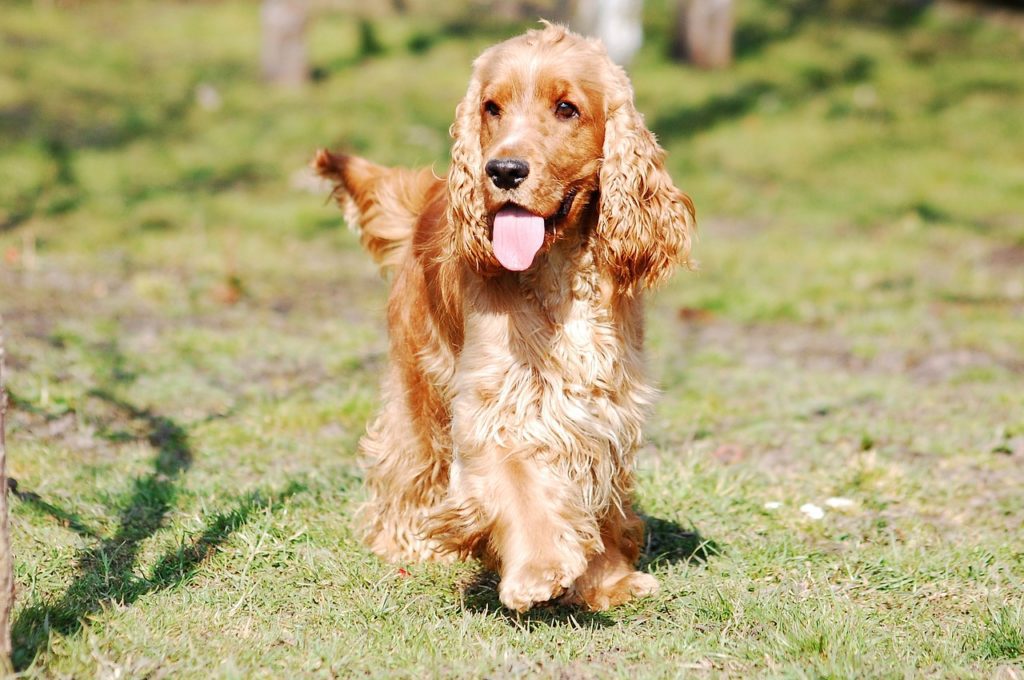
Dogs that are easy to train will be more successful at making associations between a prompt (such the word “sit”) and an action (sitting). Training other dogs takes patience, time and repetition.
Many breeds are smart but train with an “What’s the point for me?” attitude. In this case, you will need to reward them with games and rewards to get them to follow your instructions.
Dogs that were bred for tasks that require intelligence, decision-making, and concentration such as herding livestock need to exercise their brains just like dogs who are bred to run all day. Dogs who don’t receive the mental stimulation they require will make their own work, often with tasks they won’t enjoy, like digging or chewing. Dog sports and careers such as search and rescue and obedience training are great ways to get your dog’s brain working.
Mouthiness is a common trait in all breeds, including Retrievers, during puppyhood. Mouthy dogs will use their mouths more often to “herd” or hold their human family members. They need to be taught that chew toys are fine and people are not okay. Mouthy dogs love to play fetch and chew on toys that have been filled with treats and kibble.
Terriers and Terriers are dogs that were bred to hunt. They have an instinctive desire to chase other animals, and sometimes even kill them. Any animal that is fast, like cats, squirrels or cars, can activate this instinct. If your dog likes to chase, it should be kept leashed or in a secure area. These breeds are not suitable for smaller pets, like cats, dogs, hamsters or dogs. However, breeds that were used originally for bird hunting will not chase but it’ll be difficult to get their attention when there’s a lot of birds around.
Certain breeds are more vocal than others. Consider how often your dog barks or howls when choosing a breed. Do you find the hound’s howls annoying or melodic? Will a city full obnoxious “strangers”, put your dog on alert? Is your dog likely to be driven wild by the wildlife around him? Are you living in a housing complex that has noise restrictions? Are there neighbors? You might want to consider a more quiet dog.
Some breeds are more independent than others. Siberian Huskies and Nordic dogs like Siberian Huskies are bred to travel long distances. If given the opportunity, they will chase after whatever catches their attention. Many hounds will follow their noses, or the bunny who just ran across the path. Even if it means abandoning you.
Physical need
Dogs with high energy are always available and ready to take action. They were originally bred to retrieve game for hunters and herd livestock. They require a lot of exercises and mental stimulation. They are more inclined to jump, play, and explore new smells and sights.
Dogs with low energy levels are like couch potatoes. They’re content to sleep all day. Consider your lifestyle and activity levels when choosing a breed. Also consider whether you will find an energetic, frisky dog stimulating or irritating.
Although vigorous dog might not be very energetic, they are very active. They pull on the leash until they learn to stop, try to get through obstacles and swallow large quantities of food and drink with big gulps. These dogs require a lot of training in order to be good with children an elderly people. The low-vigor breed is more relaxed and has a slower pace of life.
Some breeds are fine with a gentle evening walk around the block. Some breeds require daily, vigorous exercise, particularly those that were originally bred to do physically demanding jobs like hunting or herding.
These breeds can gain weight if they don’t get enough exercise. They may also exhibit a lot of energy, including barking, chewing and digging. For those who are active and outdoorsy or want to train their dog for high-energy sports like agility, these breeds will need lots of exercise.
Some dogs are like perpetual puppies, always wanting to play a game. Others are more serious and calm. While a playful dog sounds adorable, think about how many fetch and tag games you would like to play each day. Also, consider whether your children or other dogs can play with the dog.
Learn More about this Breed
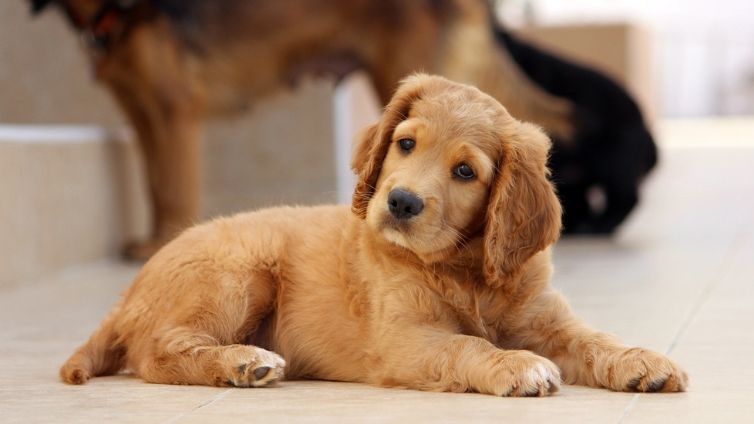
Highlights
- The Golden Cocker Retriever can be described as a mixed-breed dog. They are not purebreds, unlike their Golden Retriever and Cocker Spaniel parents.
- The coat of the Golden Cocker Retriever is usually either dark brown or light brown.
- The mixed breed sheds so make sure to brush your coat every day if you can.
- You will need to be able and willing to provide at least one hour of outdoor play sessions each day. Ideally, this should be broken up into two sessions.
- Golden Cocker Retrievers are known for their ability to get along with children. This gentle, playful mix breed will be happy to play with your children.
- They are not happy being left alone for extended periods of time. They will always be happy to go with you on long walks.
- Keep in mind that your dog is smart and will need to be trained to perform fetch and obedience tasks.
Histories
The Golden Cocker Retriever is a relatively new breed of designer dog breed. There’s not much information about its origin, although it’s believed the breed was first introduced to the market in the last 20 years.
It is important to look into the history of the parent breeds that the dog is bred from. The Golden Retriever was developed in Scotland and is known for its intelligence and ability to perform obedience- and agility-based tasks.
The Cocker Spaniel is a Spanish breed that originated in Spain. It was originally bred as a hunting dog and has a unique ability to track down and startle fowl.
Although the Golden Cocker Retriever is a popular breed, many end up in shelters. If you are considering adding a Golden Cocker Retriever into your home, it is worth contacting local shelters and rescue groups.
Size
The Golden Cocker Retriever can be described as a medium-sized dog. The exact measurements of the Golden Cocker Retriever may vary, as is often the case with mixed breed dogs.
They are between 30 and 45 pounds, with a height range of 20 to 24 inches.
Personality
The Golden Cocker Retriever can be both active and affectionate. The Golden Cocker Retriever is a great family dog. They will quickly form strong bonds with their owners and will want to help with all day-to-day activities.
They are not happy being left alone for extended periods of time. The Golden Cocker Retriever will always be with you for long walks.
The best part is that the dog will be happy to snuggle up with you after a hard day of outdoor activity. Golden Cocker Retrievers are great with children.
Keep in mind that your dog is smart and will need to be trained to perform fetch and obedience tasks.
Health
Golden Cocker Retrievers can be considered healthy dogs. However, they may be more susceptible to certain conditions than the Golden Retriever or Cocker Spaniel. Regular wellness visits with your dog’s veterinarian are important.
There are some health issues that Golden Cocker Retrievers can experience, including:
- Hip Dysplasia
- Hypothyroidism
- Entropion
Take care
Regular veterinary checks are important for Golden Cocker Retrievers. This will help to identify any potential health issues early. Your veterinarian can help you create a routine to keep your dog healthy.
Adopting a Golden Cocker Spaniel requires that you are able to provide at least one hour of play and outdoor walks each day. Ideally, this should be divided into two sessions. Jog with your dog!
You can make your dog feel more secure if you have access to an off-leash area. You can add swimming to your dog’s daily routine. You can add interactive toys to your yard and allow the dog to explore the area. The Golden Cocker Retriever is an energetic dog that never seems to get tired.
Check that your dog loves the outdoors and makes sure their nails are in tip-top shape. Also, make sure to inspect the paw pads for signs of damage. This should be done every two weeks. You should also inspect the ears of your dog and look for signs of dirt or infection.
Brushing your dog’s teeth daily is a good idea. If you are unsure how to safely carry out any of these maintenance procedures, ask your vet.
Feeding
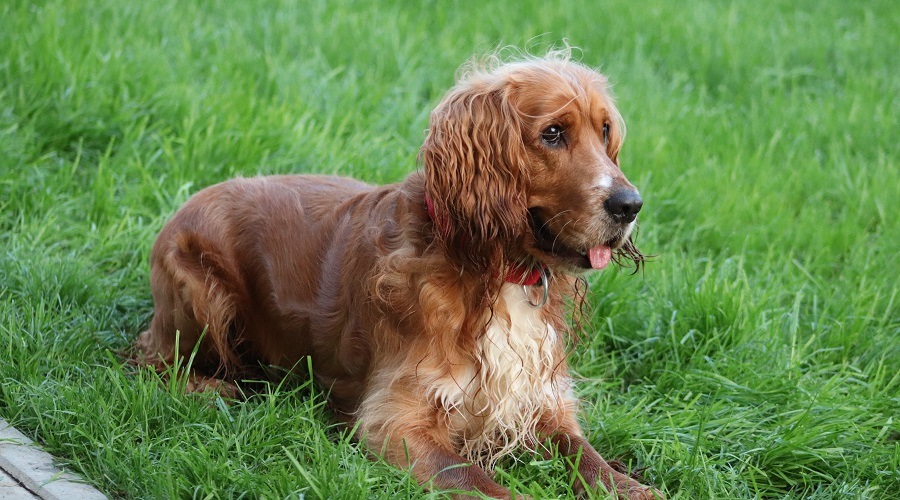
A diet for a Golden Cocker Retriever should be designed to provide high energy and a healthy weight for a medium-sized puppy.
Golden Cocker Retrievers should eat a healthy diet. Overeating can lead to weight gain and other health problems.
The Golden Cocker Retriever’s diet will change as they grow up and continue to change throughout their lives. Ask your veterinarian for advice about the diet of your Golden Cocker Retriever. There is too much variation between dogs (including energy, weight, and health) to make a precise recommendation.
Grooming and Coat Color
The coat of the Golden Cocker Retriever is usually either dark or light brown .
The coat is medium-length, straight and dense. The mixed breed sheds so make sure to brush your coat every day if you can. Also, be aware of any mats. You might also want to take your dog to the groomer every few months due to their silky coat.
The Golden Cocker Retriever thrives in milder temperatures than normal. As always, dress your Golden Cocker Retriever in a coat to keep him warm.
Children and Other Pets
The Golden Cocker Retriever is a friendly, family-friendly dog that will get along well with children. This gentle, playful mix breed will play well with children. However, it is important to socialize both the parents and the puppy properly in its early years.
Golden Cocker Retrievers can be trusted with other household pets. However, it is important to establish boundaries early so that the dog does not cross any existing household pets.
This breed is best socialized early. When you bring your Golden Cocker Retriever home, be sure to reward them for their good behavior and to follow a training program.